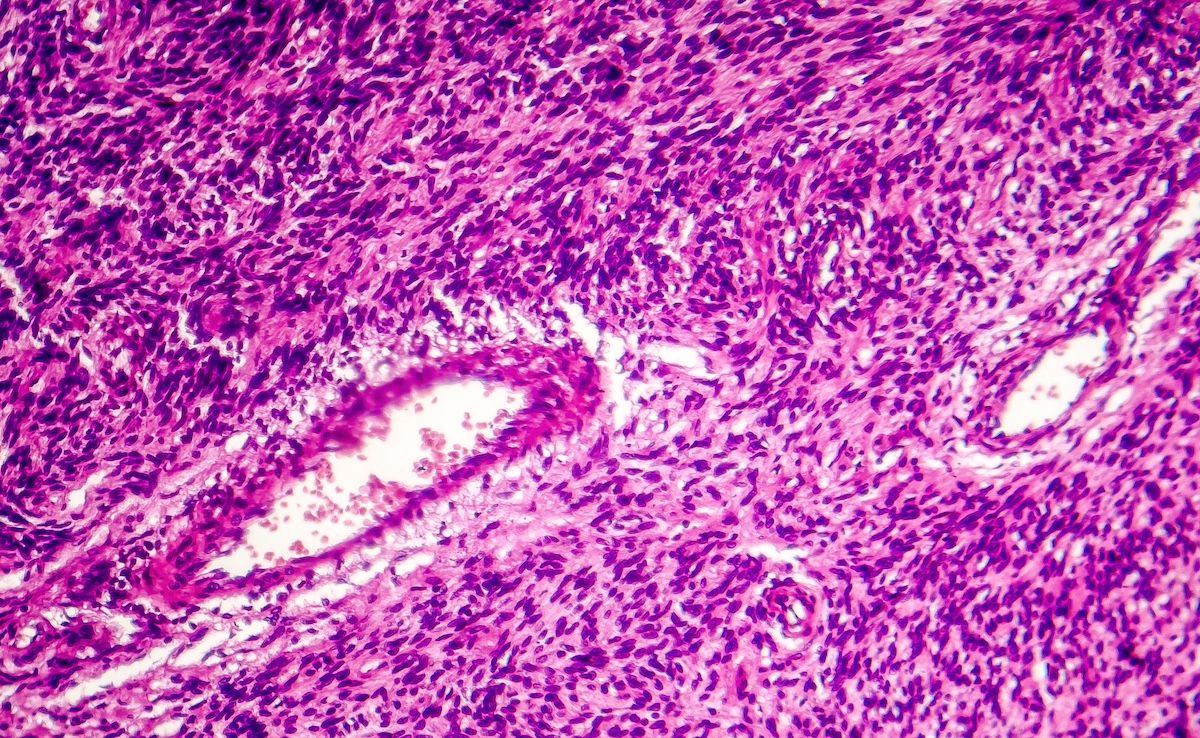News
Article
Heald Anal Stent Effective in Reducing Anastomotic, Rectal Stump Leaks After CRC Surgery
Author(s):
Patients who had surgery for colorectal cancer (CRC) were able to avoid anastomotic or rectal stump leaks by using a Heald anal stent.
A Heald anal stent helped patients avoid anastomotic and rectal stump leaks after surgery for colorectal cancer (CRC), according to a study published in Annals of Coloproctology. The simple tool can reduce intraluminal pressure.
Postoperative complications are risks to having a resection to address CRC, with anastomotic leak and leakage of a rectal stump being 2 of the complications most associated with morbidity and mortality. Incidence of anastomotic leak can range from 1% to 20% and rectal stump leaks can occur in up to 5% of patients. Although stomas have been used to mitigate the risk, they come with their own complications. Transanal decompression devices, such as the Heald stent, could be an alternative option. This randomized trial aimed to use the Heald stent in low colorectal anastomoses to assess its effectiveness in minimizing risk of anastomotic and rectal stump leaks.
The Heald stent can be used for high, mid, and low rectal and coloanal anastomoses and rectal stumps. The silicone elastomer is placed in the rectum after surgery to keep passages open to encourage drainage. The stent is installed for 3 to 4 days before being removed.
Human intestine | Image credit: mi_viri - stock.adobe.com

Patients who had a Heald anal stent installed in a single-center in the United Kingdom between January 1, 2018, and November 19, 2022, were considered for this study. Clinical notes, discharge summaries, and documents from outpatient visits were analyzed for postoperative and intraoperative outcomes. All occurrences of anastomotic or stump leaks were recorded, as well as any other posteroperative complication.
There were 93 patients who used a Heald anal stent in the 4 years covered in the study. Their median (IQR) age was 65 (56-74) years and 53% were men; 40% of the uses of the stent were done in emergency situations. Open surgeries were performed in 61% of the patients compared with 32% who had laparoscopic surgery and 7% who had laparoscopic converted to open surgery. Anastomosis was found in 49% of the patients and 51% had an end stoma with a rectal stump.
A high anterior resection was the most common operation in the anastomosis group and a Hartmann procedure was the most common procedure in the rectal stump group. No anastomotic or rectal stump leaks were reported in any of the patients who had a Heald anal stent. There were 2 patients who had rectal stumps who had pelvic collections but this was not due to rectal stump blowout.
There were some limitations to this study. The Heald stent was used primarily in patients who had a high anterior resection, which is safer than in a low rectal surgery. Future studies should focus more on this area to make the leap to using the Heald stent in this group.
The researchers concluded that the Heald stent is effective in treating anastomosis and a rectal stump in order to avoid leakage from either occurrence after surgery from CRC.
Reference
Jones M, Moran B, Heald RJ, Bunni J. Can the Heald anal stent help to reduce anastomotic or rectal stump leak in elective and emergency colorectal surgery? a single-center experience. Ann Coloproctol. 2024;40(1):82-85. doi:10.3393/ac.2023.00038.0005





